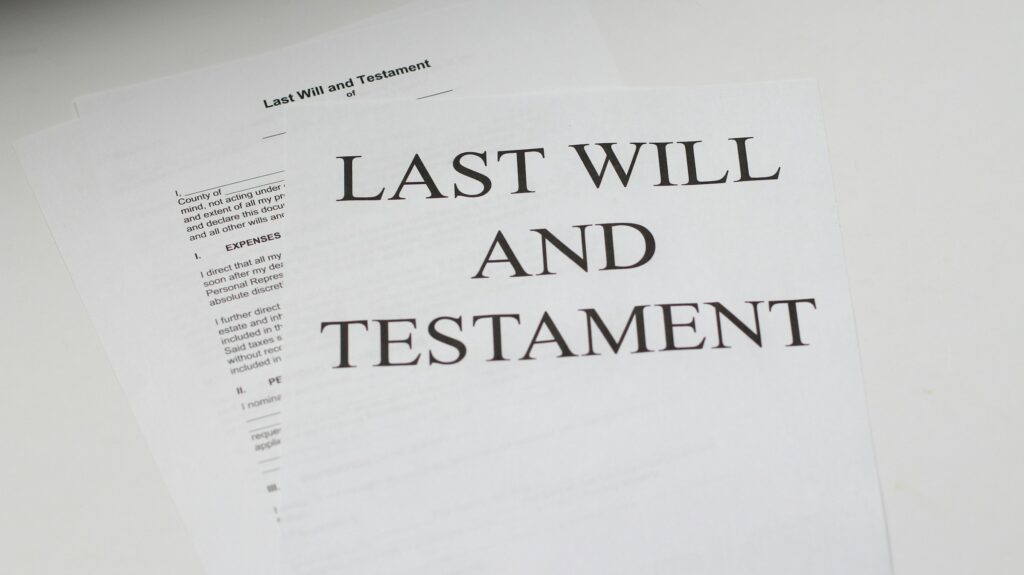
Photo by Melinda Gimpel on Unsplash
When the taxpayer’s father passed away in 1994, the taxpayer and his brother became executors of his estate. The taxpayer was appointed as an executor although he did not receive anything under the will, as most of the estate was left to the taxpayer’s brother and their children (and grandchildren). In 2010, wanting to secure his daughter’s share of the estate, the taxpayer had a mortgage against his deceased father’s property granted in her favour. The taxpayer signed the required documents as executor. In 2016, the taxpayer’s brother passed away. In 2017, the CRA came knocking and asked that the taxpayer pay the estate’s tax debt, which he was unaware of.
To defend against the CRA’s assessment, the taxpayer argued that he renounced his executorship shortly after his father died. He did not deal with matters related to the estate, nor was he aware of the estate’s tax debt. He produced in evidence a handwritten letter dated July 27, 1994 which stated that he did not want to act as executor of the estate and asking his brother to leave him out of it. At the bottom of the letter, there was a mention “Copy of the letter I gave to Jim on the advice of Guy Ungaro”. Regarding the steps he took to have a mortgage granted in favour of his daughter, the taxpayer argued that he was a trustee de son tort (i.e. a person who was not appointed as trustee but acted as one).
The Court dismissed the taxpayer’s appeal. Although the Court observed that the taxpayer did not play a prominent role in the day-to-day administration of the estate, it was unable to find that he had renounced his executorship at any time: “The original pen-and-ink version of the July 1994 handwritten renunciation letter had a pen-and-ink notation that it was a copy of the letter delivered to James. If the original letter was in James’ possession until his death in 2016 and then subsequently returned to Mr. Mingle with other files, I cannot find a logical explanation for why the original letter would have this notation and none was provided during the hearing. Therefore, on a balance of probabilities, it is likely that this letter was not written and/or delivered to James in 1994.” Regarding the mortgage in favour of the taxpayer’s daughter, the Court added: “Mr. Mingle may not have understood everything about being an executor or every aspect of the land transfer documents he signed; however, I believe he understood that he was signing as executor and that such authority was needed in order to deal with the Property and secure a mortgage in his daughter’s favour.” In light of its finding that the taxpayer never renounced his executorship, the Court did not need to consider the common law principle of trustee de son tort.
Even though the taxpayer did not receive anything under his father’s will, he still had to pay the estate’s tax debt.
